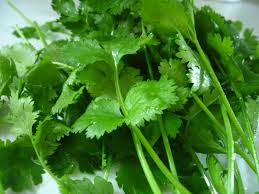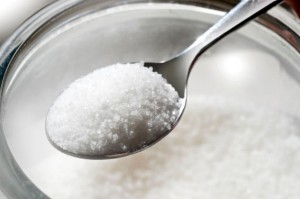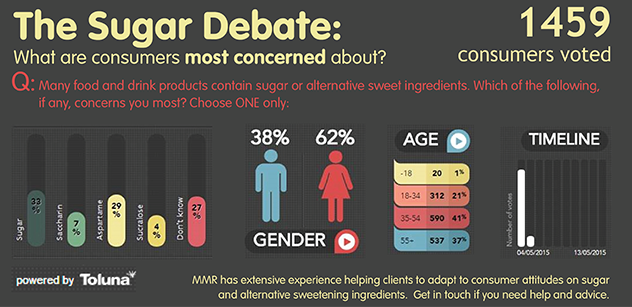 A colleague at work recently asked me to comment on the role of colour on consumer perceptions of natural for her own blog article. This got me thinking, natural is a buzz word for consumers these days. Natural is everywhere! Gone are the days of ‘No additives’ or ‘Nothing artificial’ to dialing up all things natural with taglines like ‘Nature’s best’.
A colleague at work recently asked me to comment on the role of colour on consumer perceptions of natural for her own blog article. This got me thinking, natural is a buzz word for consumers these days. Natural is everywhere! Gone are the days of ‘No additives’ or ‘Nothing artificial’ to dialing up all things natural with taglines like ‘Nature’s best’.
But what is ‘natural’? Well at the moment, anything can be! Consumer preferences towards healthier products have driven this trend in ‘natural’ products, with no legislative or governing bodies fast enough to keep up! As a result there is no clear definition or regulation of the term natural. Therefore product developers have been learning through testing out the ideal ‘natural’ product, and sensory cues are key to delivering this.
For a product to be considered natural, all sensory attributes must associate to the product ingredients, marking the ideal for consumers. Visual cues of natural are most key, with less bright and vibrant pack colours (direct cues with green packaging has worked for some products), and an equally muted product inside. Visible, recognisable ingredients, each providing a variety of colour shades, irregular shapes and combinations all help cue natural for wide range of products. Achieving an overall natural appearance is a fine balance between consistent portion size and execution (so consumers get the same product each time), with some variety and irregularly to reduce processed and mass-produced associations.
Natural aromas and flavours can also be slightly muted (aroma more than flavour) but must align with the ingredients. Take a flavoured yoghurt for example, natural aroma cues can be delivered by both notes of the over-arching strawberry flavour, but also the dairy milk base to give recognisable associations to consumers. Crucially, if a product has a wide range of ingredients, e.g. a mixed fruit juice or cereal bar, consumers need to be able to taste the different flavours. This is particularly key if there are bits of fruit, chocolates etc. as this indicates that nothing is hidden in the products, enhancing natural cues.
Textures are also key across food, drink and particularly in personal care categories. Although relating the texture to ingredients is important, it is considered more of a hygiene factor by consumers, allowing slightly more wiggle room for product developers. However, in personal care, smooth non-oily textures can achieve natural as long as the other touch points of pack and neutral pale colours align. This highlights how appearance is king for a ‘natural’ product execution with all attributes of the product delivering to this message.
Whilst the sensory cues are clear, the natural message isn’t. Manufacturers and marketeers do not need to jump through hoops to make natural claims, which could broaden the scope of the meaning, even beyond consumer acceptance. As the debate ‘naturally’ heats up, product development companies need to take care their natural cues have a direct basis for consumers (e.g. organic, no additives etc.), as I predict very soon proof will be needed to explain the natural claim. They need to keep track of developments in consumer perceptions and legislation of the term natural. I too will be watching closely!







